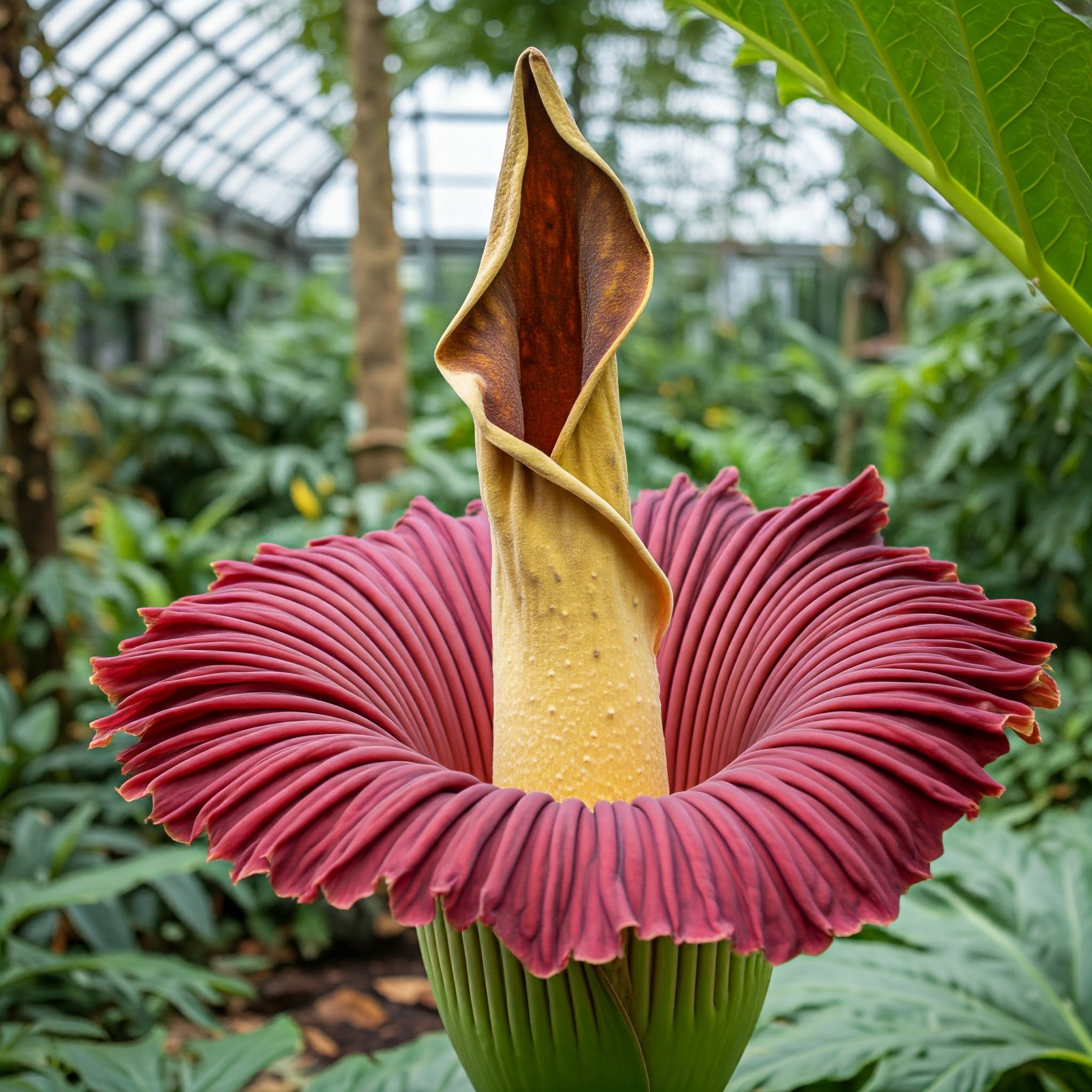
Curly dock, a tenacious weed with a network of deep roots and prolific seed production, can be a persistent nightmare for gardeners. Its sprawling form and large leaves can crowd out your prized flowers, stealing vital sunlight and nutrients. If you’ve found yourself battling this unwelcome guest in your garden, fear not! This comprehensive guide equips you with the knowledge and strategies to effectively control curly dock and reclaim your flower beds.
Understanding the Enemy: Curly Dock Biology and Identification
Before we delve into eradication methods, let’s gain a deeper understanding of our adversary. Curly dock (Rumex crispus) is a perennial broadleaf weed belonging to the Polygonaceae family. It thrives in various conditions, including disturbed soil, waste areas, and unfortunately, our beloved gardens.
Identifying Curly Dock
Curly dock boasts distinctive features that make identification a breeze:
- Leaves: The most prominent characteristic is the elongated, lance-shaped leaves with wavy, crinkled edges. These leaves have a smooth texture and prominent central veins.
- Flowers: Small, greenish-brown flowers cluster on tall stalks that emerge from the center of the plant in late spring or early summer. These flowers eventually mature into reddish-brown seed heads.
- Roots: Curly dock possesses a taproot system that delves deep into the soil, making complete removal challenging.
By familiarizing yourself with these characteristics, you can quickly identify curly dock in your garden and take swift action.
Eradicating the Threat: Effective Curly Dock Control Methods
There are several effective methods for controlling curly dock in your garden. The most suitable approach depends on the severity of the infestation and your personal preferences.
Manual Removal: Ideal for Small Infestations
For limited curly dock populations, manual removal is a viable option. Here’s how to tackle it:
- Timing is Key: The best time for manual removal is before the plant sets seed, typically in early spring or before flowering begins.
- Dig it Out, Don’t Pull: Don a pair of gardening gloves and use a dandelion digger or sturdy trowel to carefully loosen the soil around the base of the plant. Aim to extract the entire root system to prevent regrowth.
- Bag and Dispose: Place the removed curly dock plants in a sealed plastic bag and discard them with your regular trash. Do not compost them, as any remaining seeds could germinate.
Advantages and Disadvantages of Manual Removal
| Advantage | Disadvantage |
| Environmentally friendly | Labor-intensive for larger infestations |
| Effective for small populations | May leave root fragments that can regenerate |
Herbicide Application: For Widespread Infestations
For extensive curly dock infestations, consider using a selective herbicide. These products target broadleaf weeds while minimizing harm to your desired flowering plants.
Important Note: Always follow the herbicide manufacturer’s instructions precisely. This ensures safe and effective application, protecting your plants and the environment.
Here are some key considerations when using herbicides:
- Product Selection: Choose a selective herbicide labeled for controlling curly dock in gardens. Common active ingredients include triclopyr, 2,4-D, and fluroxypyr.
- Application Timing: Apply the herbicide according to the product label instructions. Typically, early spring or fall is recommended when broadleaf weeds are actively growing.
- Spot Treatment or Broadcast Application: For isolated curly dock plants, use a spot treatment to minimize herbicide use. For larger areas, a broadcast application might be necessary.
Safety Precautions When Using Herbicides
| Precaution | Importance |
| Wear protective gear | Protects skin and eyes from herbicide exposure |
| Apply on a calm day | Wind can drift herbicide onto desirable plants |
| Do not overapply | Follow recommended application rates to avoid harming desired plants |
| Properly dispose of containers | Protects the environment from herbicide contamination |
Preventing Curly Dock Recurrence: Long-Term Strategies
Eradicating curly dock requires a multi-pronged approach. Here are some practices to prevent its return:
- Maintain Clean Beds: Regularly hand-pull any emerging curly dock seedlings before they mature and produce seeds.
- Mulching: Apply a layer of organic mulch (such as wood chips or bark) around your flower beds. Mulch suppresses weed seed germination and helps retain soil moisture, creating a less favorable environment for curly dock seeds.
- Smothering: For persistent curly dock patches, consider using a smothering technique. Cover the infested area with black plastic sheeting or thick cardboard for several weeks. This deprives the plants of sunlight, suffocating them and preventing seed production.
Cultivating a Healthy Garden: Fostering a Competitive Environment
While the methods above directly target curly dock, creating a thriving garden ecosystem can also discourage its presence. Here’s how:
- Promote Plant Diversity: Plant a variety of flowers and companion plants in your garden beds. This creates a dense and competitive environment, making it harder for curly dock to establish itself.
- Encourage Beneficial Insects: Attract ladybugs, lacewings, and other beneficial insects to your garden. These predators can help control weed seed populations, including those of curly dock.
Conclusion: A Persistent Effort for a Weed-Free Garden
Eradicating curly dock requires vigilance and a combination of strategies. By understanding its biology, implementing effective control methods, and fostering a healthy garden ecosystem, you can reclaim your flower beds from this persistent weed. Remember, consistency is key. Regular monitoring and prompt action are essential to prevent curly dock from returning and ensure your garden flourishes with beautiful flowers.
Additional Tips:
- Early detection is crucial. The sooner you identify and address curly dock, the easier it is to control.
- Be patient. Complete eradication might take several growing seasons. Don’t be discouraged; persistence pays off!
- Celebrate your victories! Removing even a few curly dock plants makes a difference in the long run.
With dedication and the knowledge gleaned from this guide, you can conquer curly dock and cultivate a thriving flower garden.






